Exploring the Rich Tapestry of Sushi: From Nigiri to Uramaki and Beyond

Types of Sushi:
1. Nigiri Sushi:
- Definition: Hand-pressed sushi consisting of a small mound of vinegared rice topped with various ingredients, typically seafood.
- Features: Simple and elegant; often served with a dab of wasabi between the rice and topping, secured with a strip of seaweed (nori) or a thin band of edible seaweed.
2. Maki Sushi:
- Definition: Rolled sushi with a layer of rice and various ingredients rolled inside seaweed.
- Features: Different variations like Hosomaki (thin roll), Futomaki (thick roll), and Uramaki (inside-out roll where rice is on the outside). Endless combinations of fillings and toppings.
3. Sashimi:
- Definition: Sliced raw fish or seafood served without rice.
- Features: Typically presented artfully on a plate, accompanied by daikon radish, shiso leaves, and soy sauce for dipping. Focuses on the purity of the fish.
4. Temaki:
- Definition: Hand-rolled sushi resembling a cone, with rice, fish, and vegetables enclosed in seaweed.
- Features: Easy to eat by hand, resembling an ice cream cone. Often filled with a variety of ingredients and condiments.
Types of Sushi Rolls:
1. Hosomaki:
- Definition: Thin rolls with rice on the inside and a single filling wrapped in seaweed.
2. Futomaki:
- Definition: Thick rolls with rice, multiple fillings, and seaweed on the outside.
3. Uramaki:
- Definition: Inside-out rolls where the rice is on the outside, and the seaweed is on the inside.
4. Dragon Roll:
- Definition: Uramaki with eel, avocado, and cucumber, topped with thinly sliced avocado to resemble scales.
Different Types of Sushi:
- Regional Variations in Japan:
- a. Edo-Mae Sushi (Tokyo): Focuses on simplicity and enhances the natural flavors of fish. Nigiri sushi is a highlight.
- b. Osaka Style: Known for its love of batter-fried and cooked items. Batter-fried sushi like tempura rolls are popular.
- c. Kyoto Style: Traditional and conservative, often featuring mackerel and pickled vegetables.
- d. Chiba Style: A coastal region known for its fresh seafood, especially shellfish.
- Innovative and Non-Traditional Sushi:
- a. Fusion Rolls: Creative combinations influenced by different cuisines, incorporating ingredients like avocado, mango, and spicy mayo.
- b. Vegetarian/Vegan Sushi: Uses ingredients like avocado, cucumber, tofu, and pickled vegetables. Creative rolls may replace fish with plant-based alternatives.
Types of Sushi Fish:
- Common fish include tuna, salmon, yellowtail, shrimp, and eel. Sushi chefs may also use less traditional options like mackerel, squid, or octopus.
What Type of Rice is Sushi Rice:
- Sushi rice is seasoned with a mixture of rice vinegar, sugar, and salt. It has a sticky texture that holds the sushi together.
Types of Sushi Rolls with Pictures:
- Explore various sushi roll combinations visually for inspiration.
Best Types of Sushi:
- Personal preferences vary, but popular choices often include fresh nigiri and well-crafted rolls.
What Type of Rice for Sushi:
- Sushi rice is short-grain rice, specifically Japanese or California short-grain rice, chosen for its stickiness and texture.
Sushi is a versatile and ever-evolving culinary art form that reflects both tradition and innovation. Whether enjoying traditional Nigiri or exploring inventive fusion rolls, the world of sushi offers a diverse and delightful dining experience.









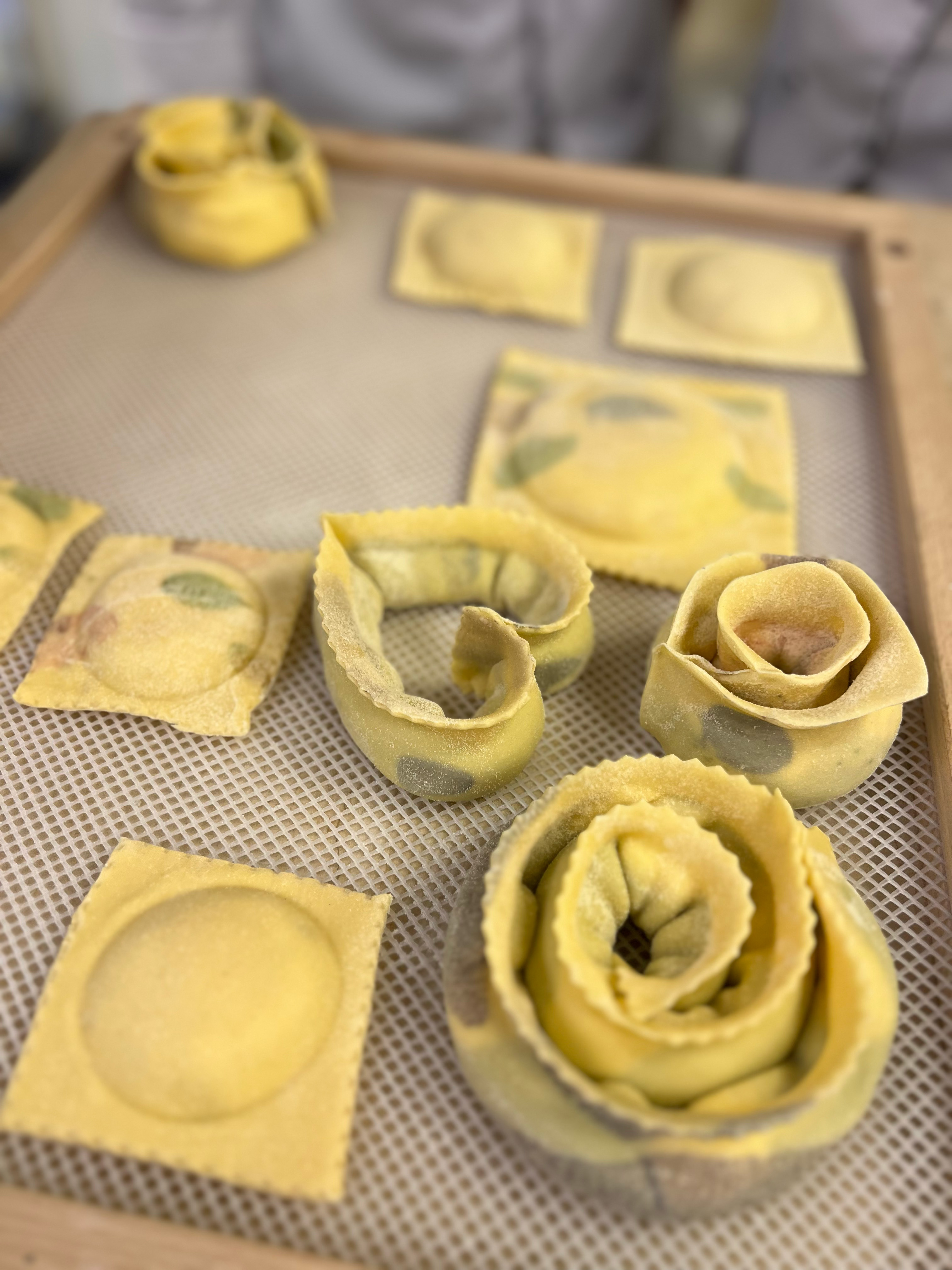
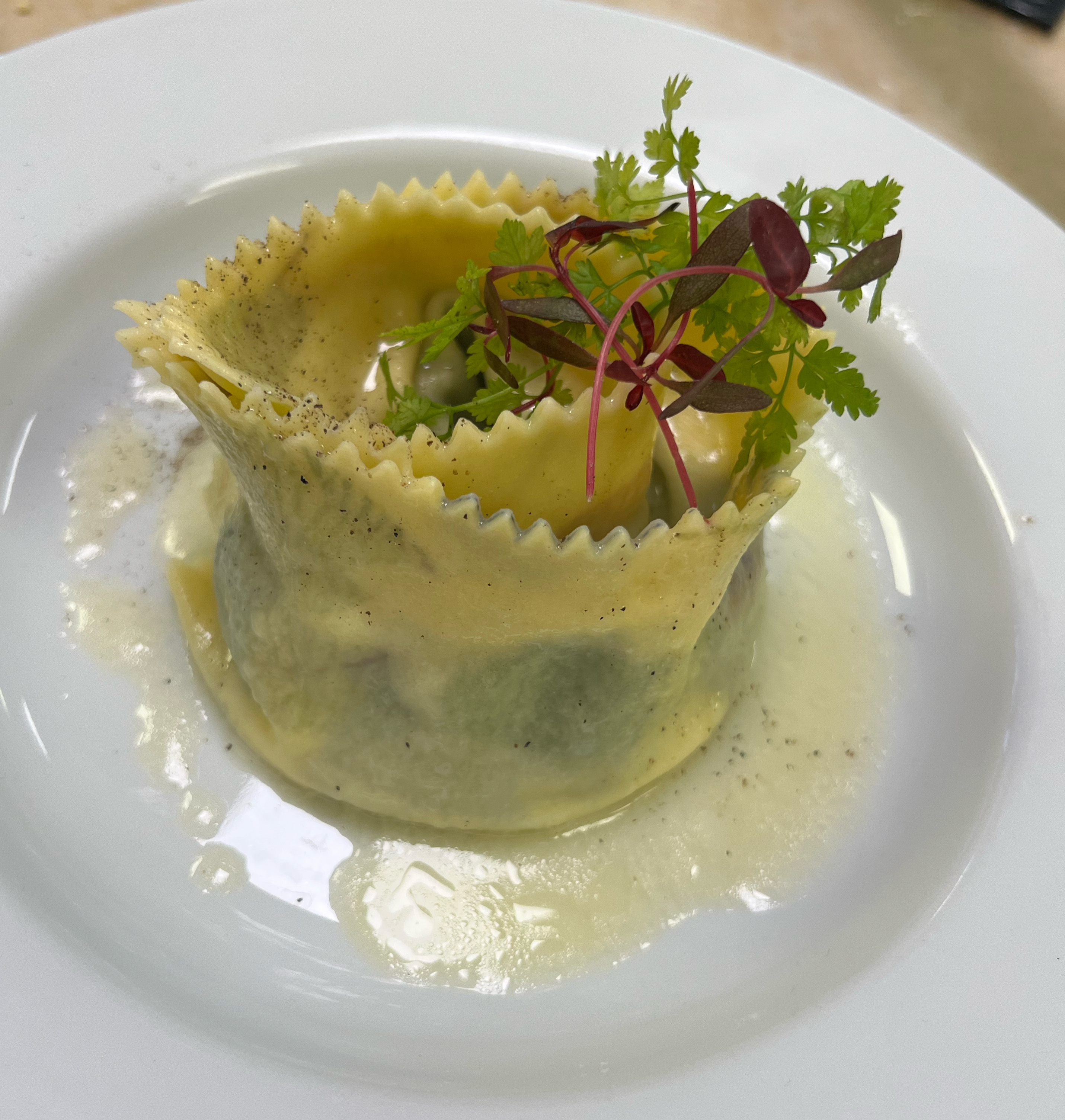



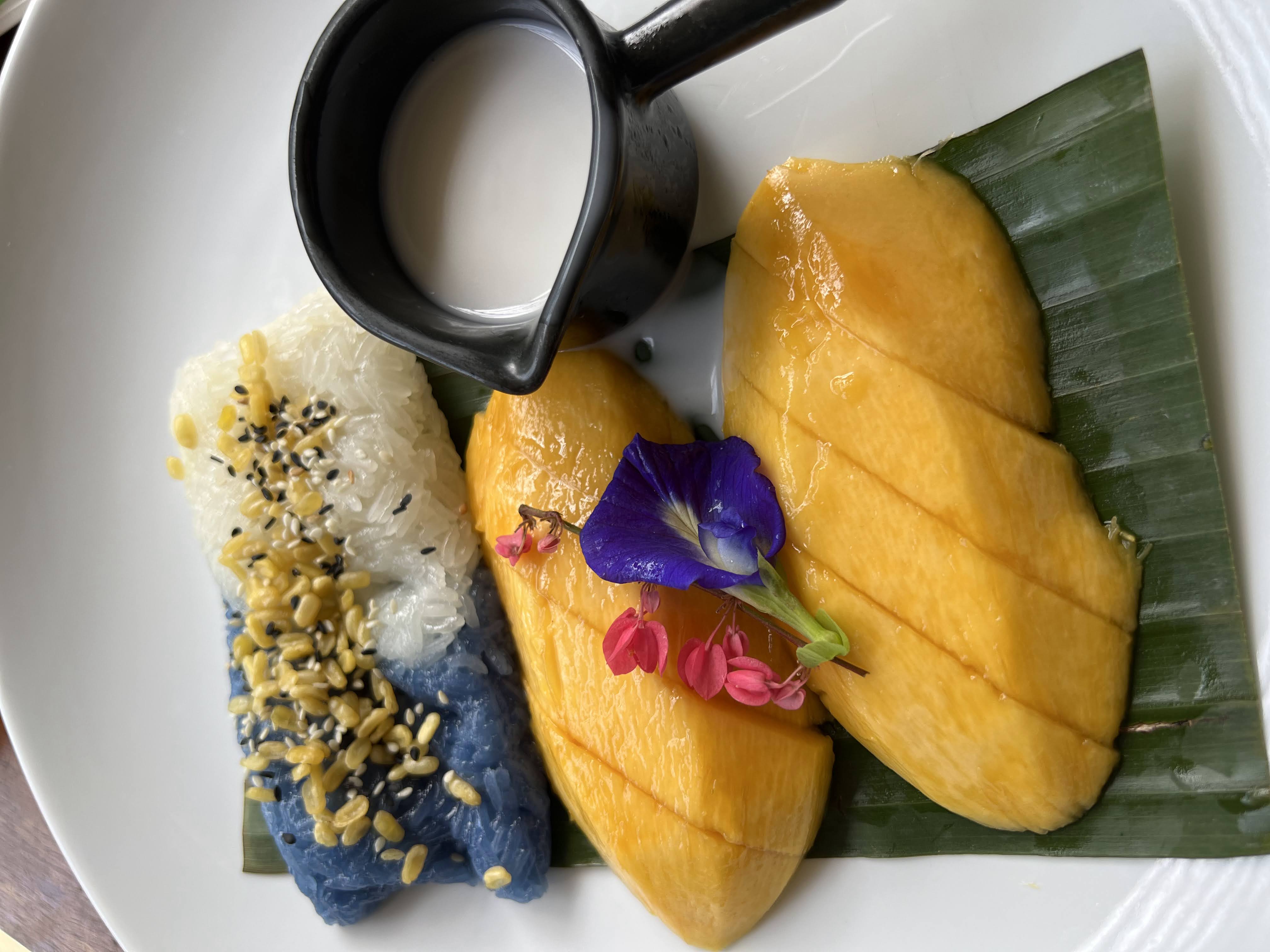
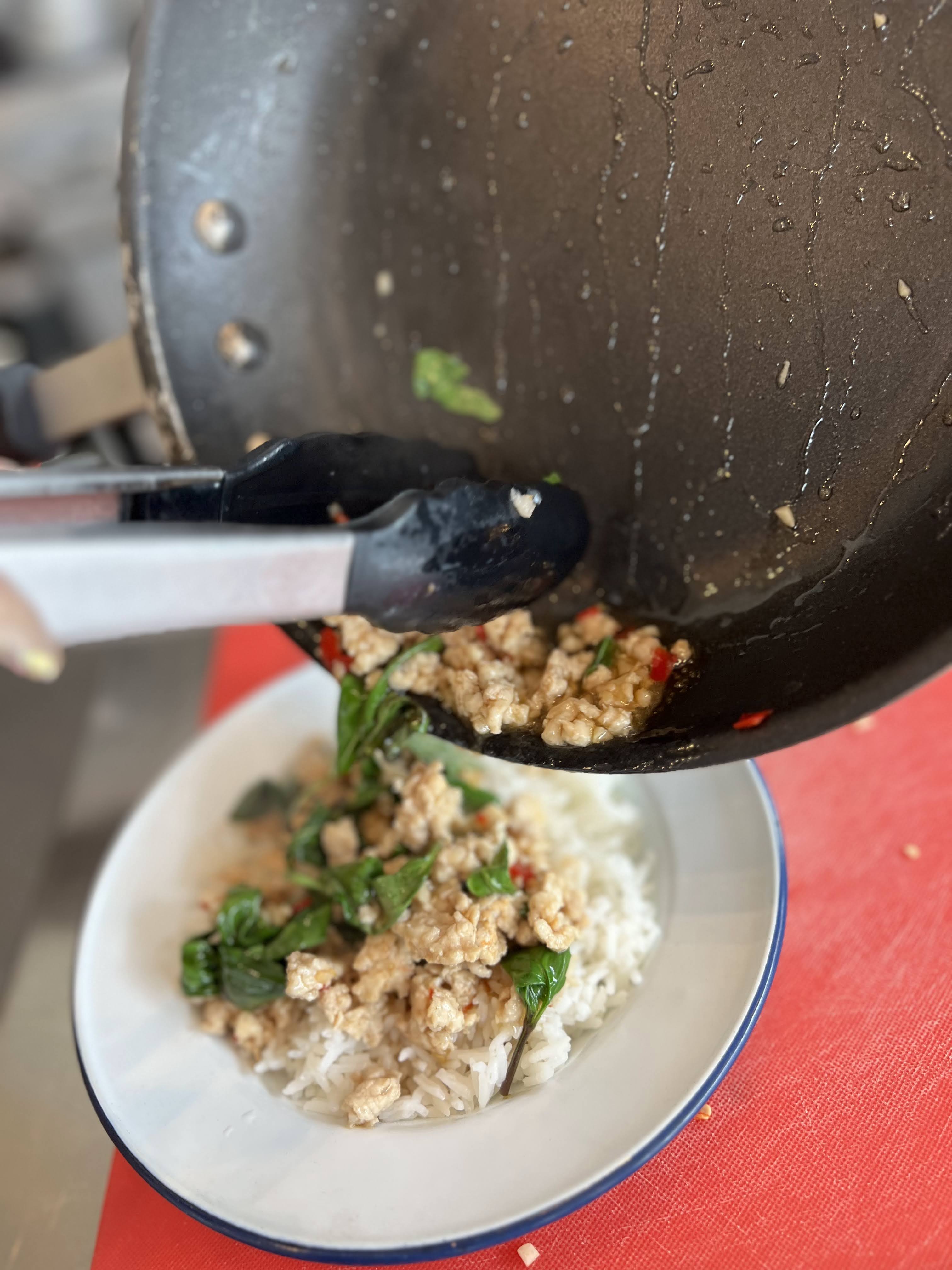
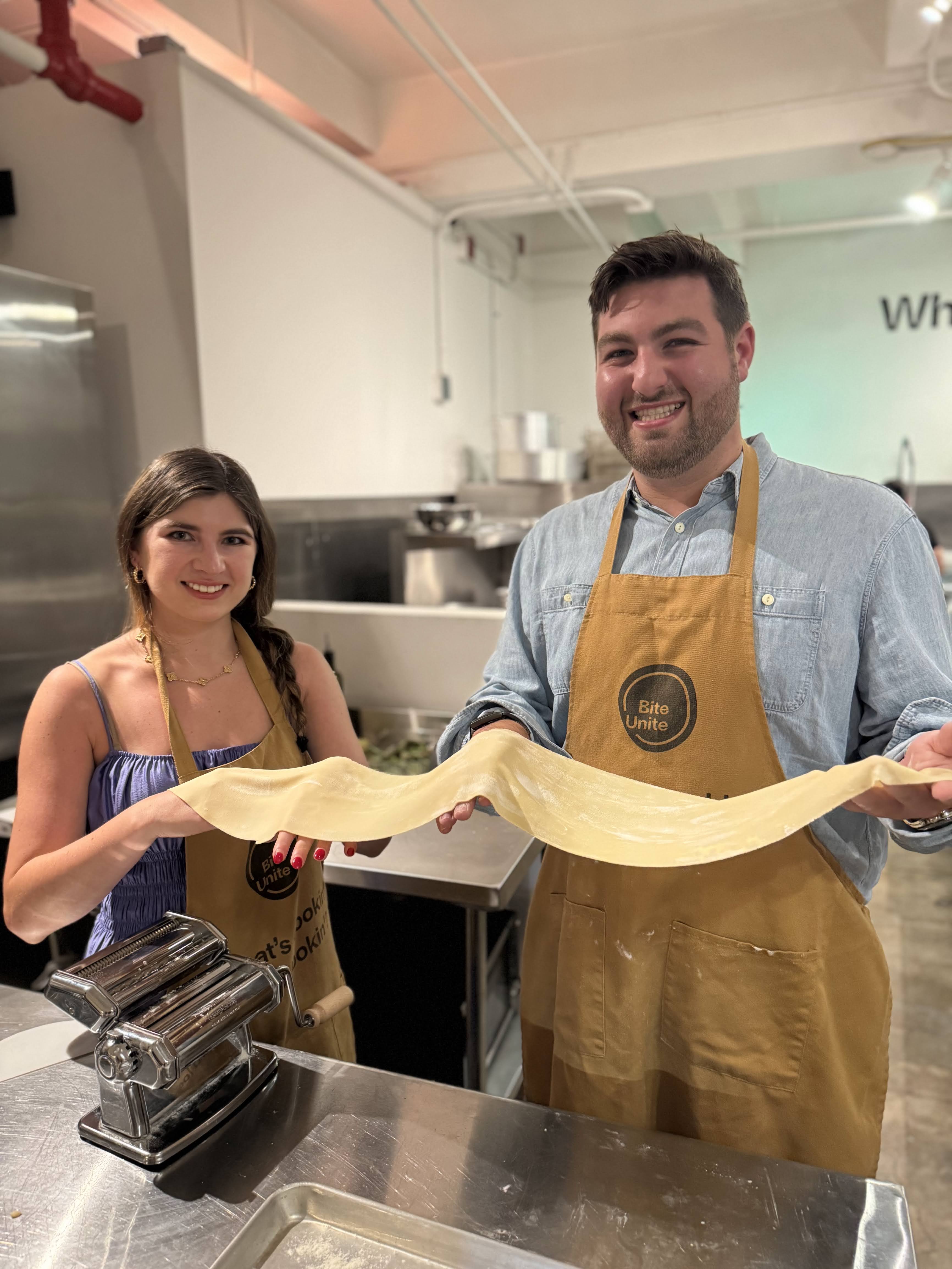




.jpg)





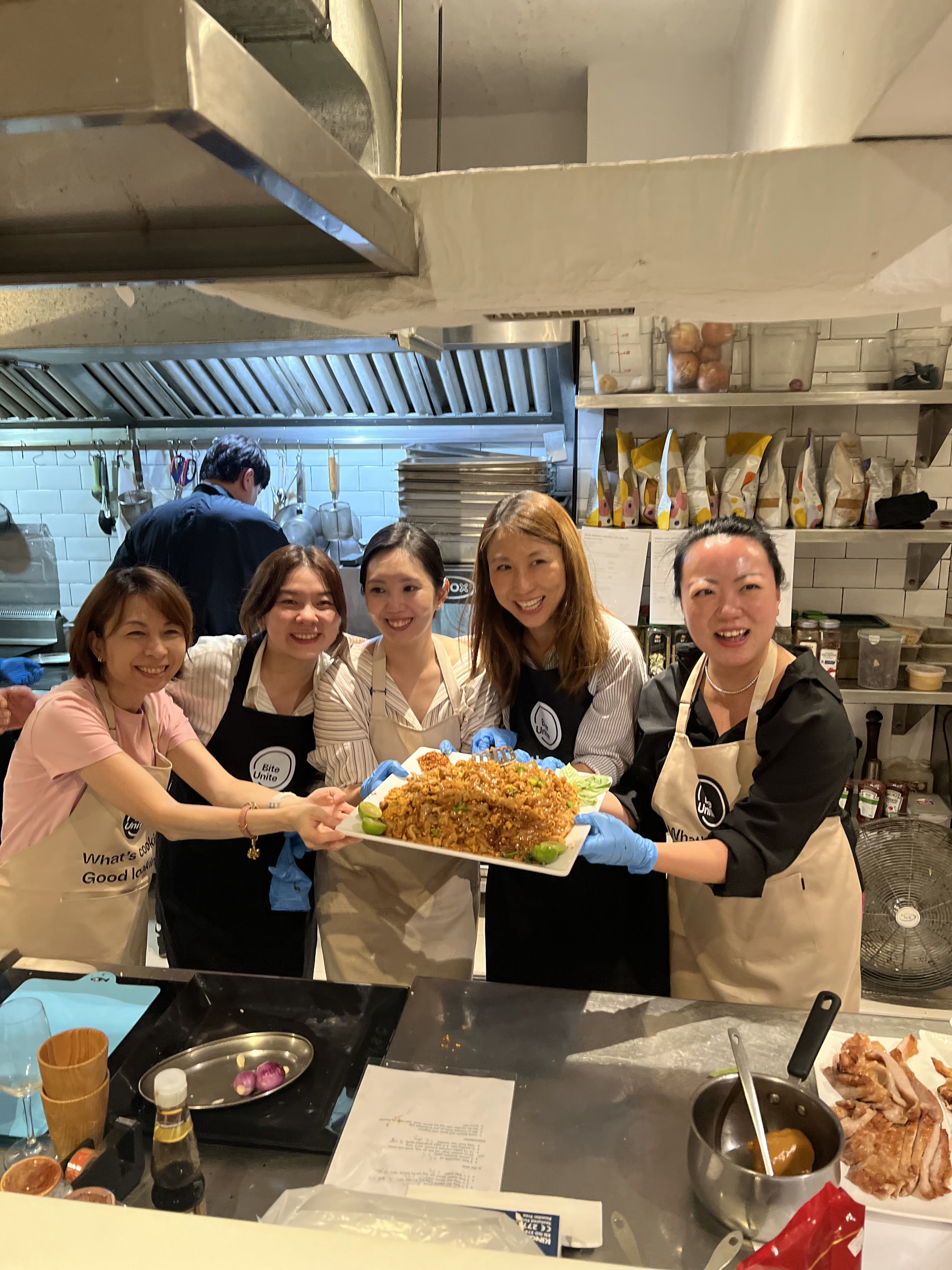


.jpg)


.JPG)

.jpg)















.webp)


























